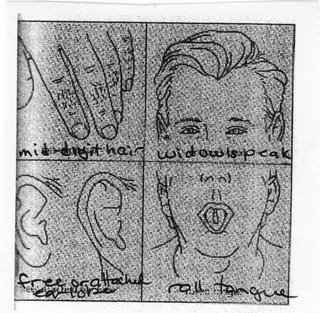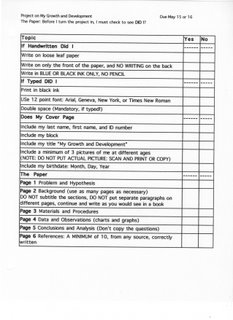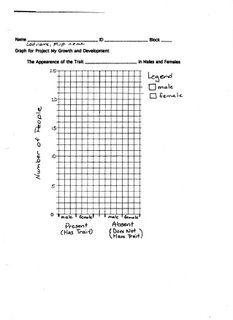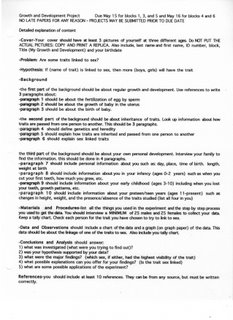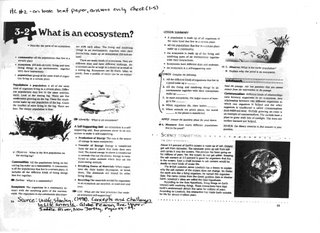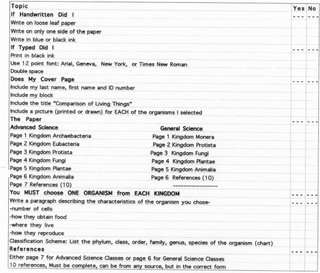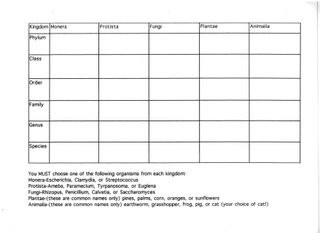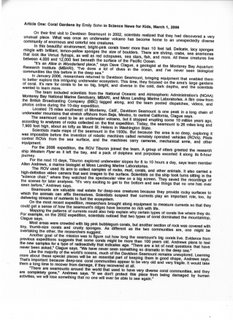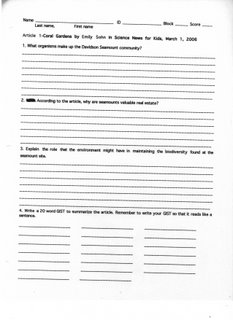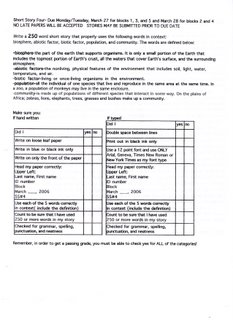Friday, 31 March and Monday, 3 April, 2006

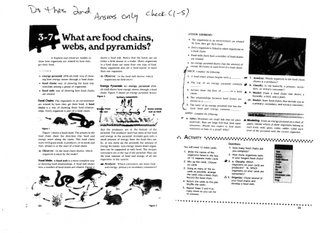
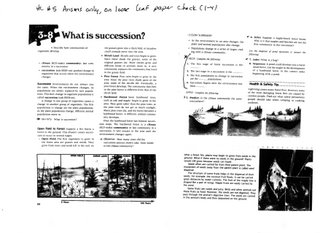
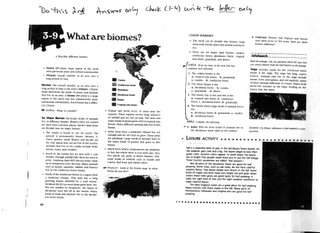

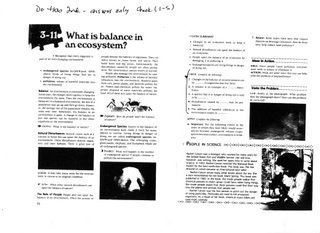
Using information from the novel "The Talking Earth" and classroom activities:
Students should be able to:
-read a work of fiction to discover the science facts it contains about biotic and abiotic factors, interactions of humans with their environment, and natural interactions.
-evaluate organisms to determine their place in the food chain or food web.
-construct food chains and a food web when given certain organisms.
Students watched a BrainPop video of food chains. They then viewed an episode of the sitcom Dinosaurs. In the episode, the WeSaySo Corporation paved over a swamp to create a wax fruit factory. The swamp was the mating ground for the Bunch Beetles, who annually swarmed there to mate before dying. In turn, the infant beetles ate Cider Poppies that proliferated in the area. Due to loss of the swamp, the Cider Poppies continued to multiply until they invaded the living space of the inhabitants of Pangea. To solve the problem, a task force convened and decided to spray the entire planet with a defoliant. Unfortunately, the defoliant also killed every living plant on the planet, thus disrupting the global food chain. To rectify the situation, the task force decided to drop bombs down every volcano to make them spew "black puffy clouds" in hope that the rain would cause the plants to regrow on earth. The effect however, was devastating to the inhabitants of Earth. The cloud cover blocked out the sun, causing temperatures to drop "precipitously". Thus ended the age of the dinosaurs!
After viewing the videos, students did a food chain/web lab. The lab consisted of drawing food chains for several organisms and linking them in a food web.
Home learning was on food chains and webs, succession, biomes, and natural resources. They can be found at the top of this blog. There are three assignments, HL #4 is sections 3-6 and 3-7. They are to be done on the same loose leaf sheet of paper, answers only. HL #5 is sections 3-8 and 3-9. They should be done on a sheet of paper different from HL #4, answers only. Remember to put the letter answers only where indicated. Finally HL #6, on sections 3-10 and 3-11, are to be done on a separate sheet, answers only. Remember, there should be three loose sheets turned in on the due date: one for EACH of the home learnings.

